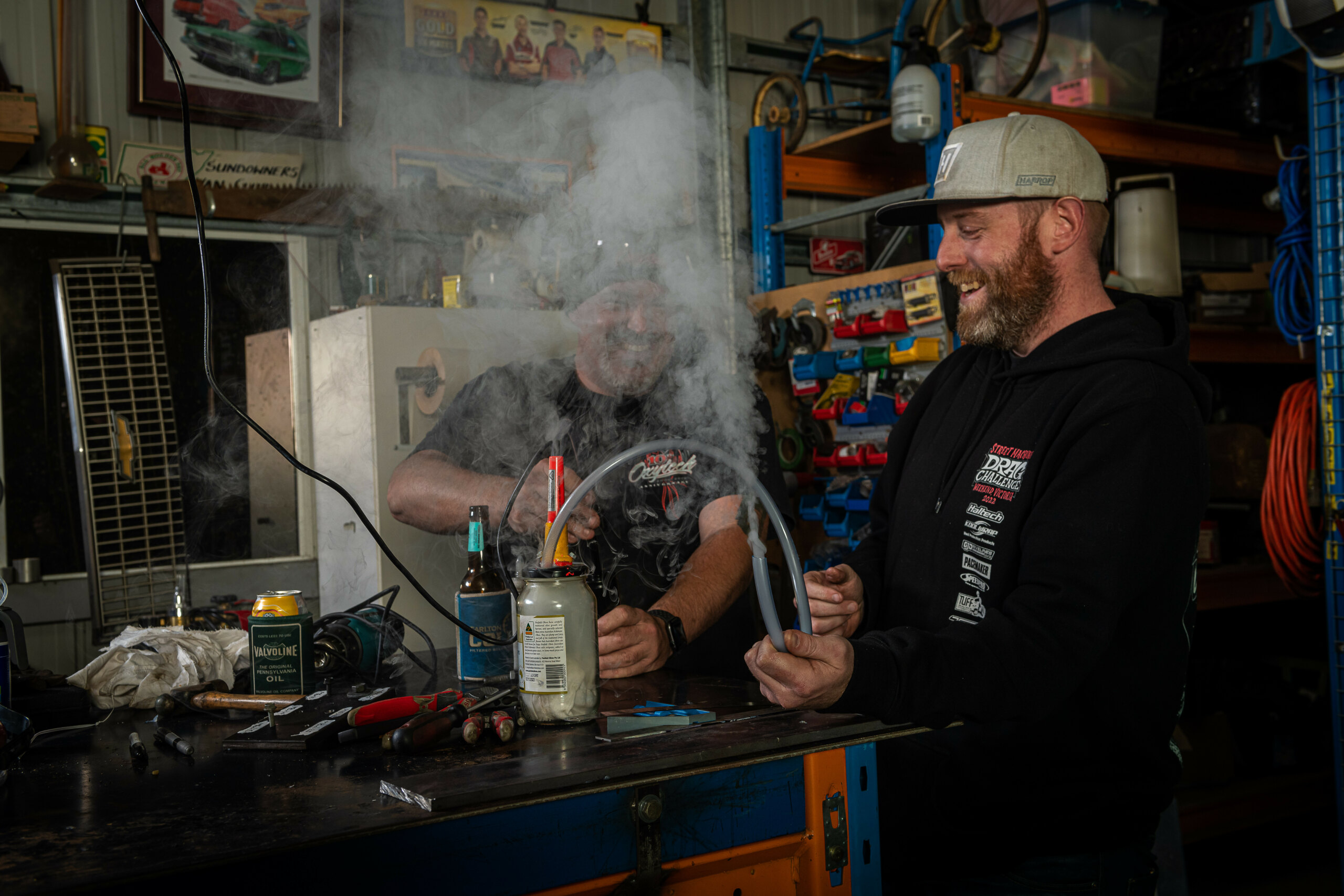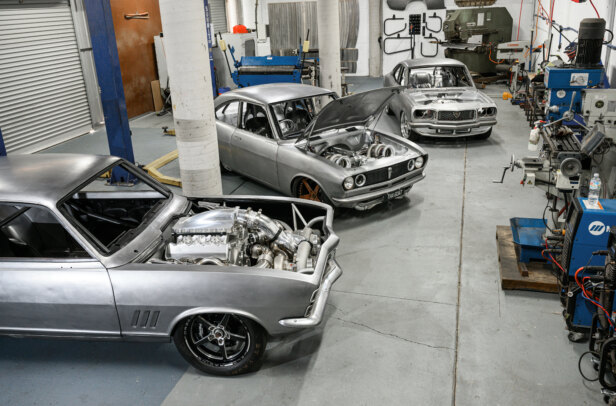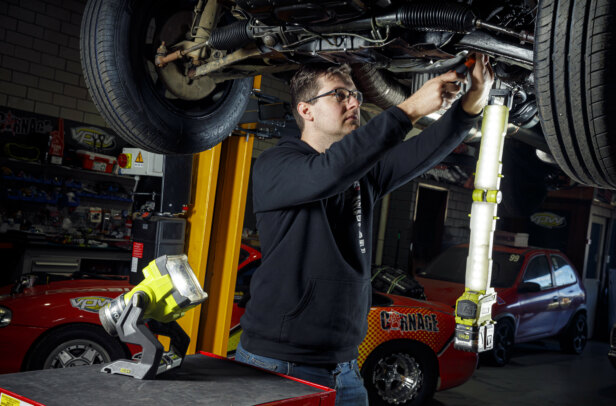So you reckon it’d be great to set up a proper home garage with all the right tools, good heavyweight equipment and a big solid bench to bash things on. The space is there but you don’t want to go berserk and buy stuff that will never be used. Listen in a little and I’ll lay down some basic ground rules.
This article was first published in the October/November 1995 issue of Street Machine. Technology has moved on a bit since then, but the fundamentals remain very relevant!
Maybe already inside your shiny new toolbox are six crappy Christmas screwdrivers presented by Aunt Maude, which will either bend or shatter at the first sign of hard work. Same with that awful mini socket set. Uncle Joe thought they were a bargain for 20 bucks but didn’t know they were made out of recycled dog food cans. This is the first lesson: cheap shit is exactly that. Quality spanners not only look and feel good, they’re also precisely made from the best materials, and are guaranteed – sometimes for life. I know guys who are still using tools they bought 40 years ago. Forget about luxuries like hamburgers for a while and spend a bit more on the good gear!
Sounding a bit expensive? It is, if you go out and buy a whole bunch of the best. But the toolbox only needs to be half full. Take those lovely long double-ended ring spanners: great stuff, but my set hardly ever gets used. Dwarf ring spanners, which are half the length and lighter, are faster to use, more manageable and cheaper. What they don’t shift, a half-inch drive socket set will. Same goes for double-ended flat spanners. Combination ring and open-end tools will do an equal job, except on the larger nuts, and the ring end doubles as a dwarf ring to assist with jobs where you need two spanners, like on a rusted-tight nut and bolt.
Using open-end spanners on tough nuts will always result in bleeding knuckles, because they slip. Don’t think about grabbing a shifting spanner; shifters are instant death to nuts and bolts and should only be used as the last resort. It’s better to grab a ring spanner or a socket, which makes full hex contact with whatever you are trying to loosen or tighten.
You don’t need a monster set of screwdrivers, either. Big screwdrivers, both flat-blade and star, can be replaced by a single impact screwdriver kit. This tool will shift the tightest screws with ease. That narrows the necessities down to one small flat-blade screwdriver, one medium flat-blade and a long thin flat-blade to go where it’s hard to reach. Same with the star screwdrivers: one for the small screws; one for the medium screws. And both the flat-blade and star stumpy screwdrivers are mighty useful in short spaces.
A pair of multi-grips will hold more bits than pliers ever will, except when picking up tiny pieces, where needle-nose pliers are essential. Good crimping pliers keep electrical work safe and neat, while vice grips are ideal for clamping bits of metal and shifting stuffed nuts, which might also require a mid-sized ball-peen hammer and a top-quality chisel. Brutal tools, but useful.
Major engine work needs an accurate tension wrench, and the don’t-buy-cheap-shit-tools rule still applies. It’s too late when a head stud snaps because that bargain Mongolian wrench tightened 40lb-ft more than it was supposed to. Proper piston ring compressors are vital in avoiding broken rings, but you can go cheap with the oil filter-removing tool. Rarely seen gear like wad punches are real handy at punching holes in handmade gaskets.
Engine stands can be hired, but good solid benches need to be made out of bolted hardwood, preferably with the top laid over with galvanised steel sheet. It’s not difficult to turn carpenter for a weekend to build it. A single 100mm vice will handle most chores, as long as it’s solidly bolted to your firmly fixed bench, which should also be longer than you might think you need. It’s amazing how fast you run out of bench space!
The garage should also run to a decent floor jack. At around 1800kg in lifting capacity, they work tolerably well, but should never be trusted. Axle stands are not expensive, and may save your neck. For fabricating one-off metal brackets and generally shaping and sharpening steel, a 150mm bench grinder can save hours of toil with hacksaw and file. More exotic equipment, like a welding set and a simple bench drill, can often be sourced second-hand through ads or auction sales. Even a basic 10mm electric drill, mounted in a lightweight press frame, will do a muscle-man job of drilling straight holes. Keep all your twist drills tidy in a proper round drill stand, and neaten up that jumble of washers and screws with a small-parts drawer stack.
Hang a decent fluoro from the ceiling and get a shielded lead light for night work, then go and have enormous fixit-type fun!




Comments